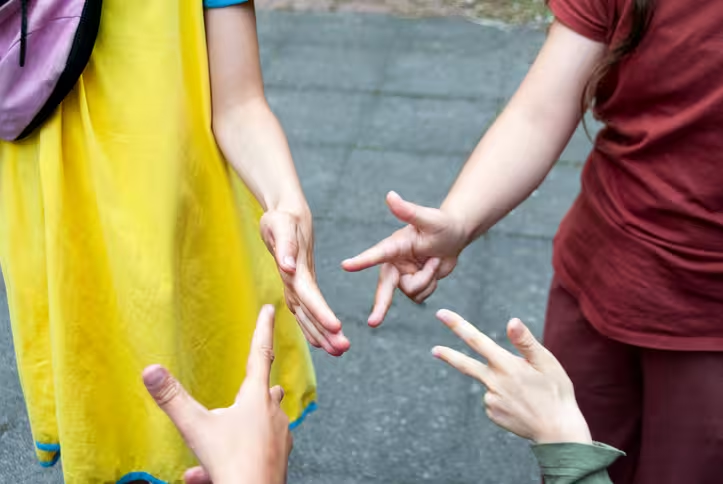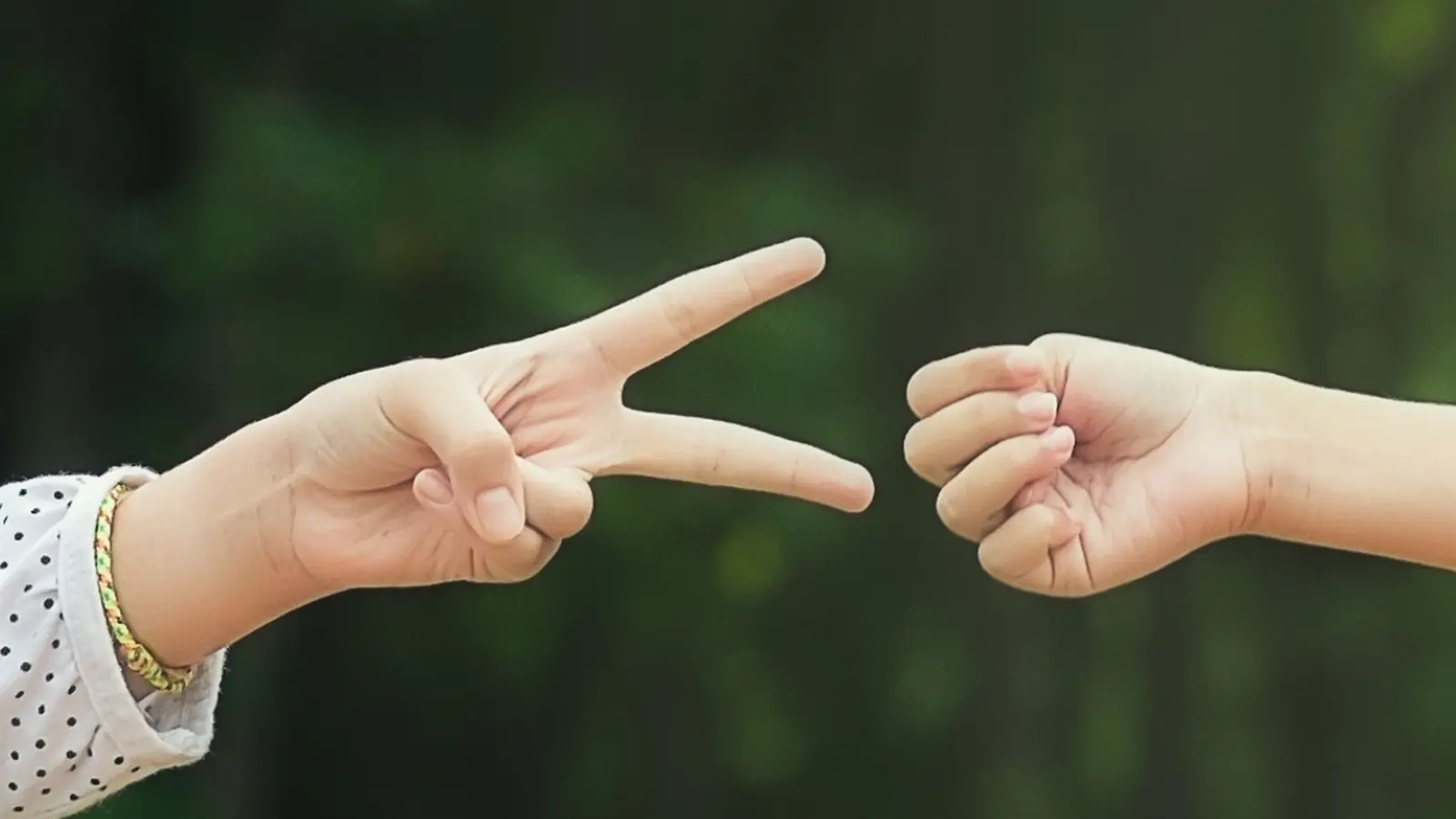6 Minutes
Rock, paper, scissors is often dismissed as child’s play, but neuroscientists have used it as a precise tool to investigate how people make decisions in competitive settings. New hyperscanning research shows that the brain’s natural urge to use recent outcomes actually undermines performance: winners suppress history, losers cling to it.
The simple strategy most people ignore
Mathematically, the best tactic in repeated rock-paper-scissors is to be unpredictable. If both players choose randomly, no one gains an edge. That’s easy to state and very hard to do. Human decision-making tends to be patterned: players overuse particular options, avoid exact repetition, or try to “read” their opponent’s last move. All of those tendencies open a door for exploitation.
In a large-scale experiment reported in Social Cognitive and Affective Neuroscience, researchers collected roughly 15,000 rounds of rock-paper-scissors across many pairs of players. The findings were strikingly consistent: more than half of participants showed a bias toward choosing rock, paper was next most common, and scissors was least favored. Players also avoided immediate repeats far more often than chance would predict, swapping choices on the next round instead of staying the same.
How researchers tracked brains during play
To probe the neural basis of these biases, the study used hyperscanning: simultaneous recording of brain activity from two interacting people. Hyperscanning gives a dynamic picture of social decision-making that single-brain studies can’t provide. While previous hyperscanning work often examined cooperation — where predictability helps partners anticipate each other — this study focused on competition, where unpredictability is an asset.
Pairs of players competed across hundreds of rounds on a computer while their brain signals were recorded continuously. Analysis showed that researchers could decode a player’s upcoming choice from brain activity before the overt response. Neural signatures contained information not only about the decision in progress, but also about what had happened in the prior round: both the player’s own last move and their opponent’s.

Decisions, memory and the cost of overthinking
These neural traces reveal a key behavioral insight: people naturally consult recent events when making choices. “They played rock last time, so what should I play now?” is a line of thinking our brains favor. But consulting the past is not always helpful. The study found an important asymmetry: the brains of players who lost tended to carry strong information about the previous round during their decision-making, whereas winners’ brains did not. In other words, successful players were less influenced by immediate history; unsuccessful players carried over last-round information and that tendency predicted poorer outcomes.
Why does that matter beyond playground bragging? From market traders to military strategists, anticipating an opponent is central to competitive advantage. But this research suggests a paradox: trying to out-think your opponent by mining recent outcomes may make you more predictable, not less. In many situations the optimal move is to break the chain and be statistically random.
Scientific context and future directions
This line of research sits at the intersection of social neuroscience, decision theory, and behavioral economics. Hyperscanning expands our toolkit for studying interactive cognition by allowing real-time measures of how two brains respond and adapt to one another. Future work could extend these methods to more complex competitive games where tracking long-term patterns is strategically useful, or to real-world high-stakes contexts like negotiation, diplomacy, or sports.
The current experiments intentionally used a minimal game system — three choices, simple payoffs — to isolate basic decision rules. That clarity is valuable: it shows which neural signals correspond to reliance on short-term memory versus genuinely stochastic choice. Subsequent studies could combine hyperscanning with computational modeling to map how neural dynamics translate into specific decision algorithms, or test interventions that help people adopt more random strategies when appropriate.
Implications for cooperation and competition
Interestingly, the same tendency to rely on prior events can be beneficial in cooperative contexts, where predictability helps partners coordinate. The brain’s default to draw on recent outcomes reflects a general-purpose heuristic that usually works well in social life. But in competitive settings that expect randomness, this heuristic is a liability.
Practical takeaways are simple and counterintuitive: when you need to be unpredictable, stop overanalyzing the last round. Habitually anchoring on recent moves makes your patterns detectable and exploitable. Training people to resist that impulse or using randomized tools may improve performance in competitions that reward unpredictability.
Expert Insight
Dr. Maria Chen, a cognitive neuroscientist who studies interactive decision-making, comments: "These findings are a reminder that our brains are optimized for social life, not for mathematical games. Relying on recent experience is adaptive in most settings, but it becomes a cognitive trap in zero-sum competitions. Learning to switch strategies — to suppress recent-history cues when randomness is optimal — could be a simple yet powerful skill."
As researchers push from simple games to strategic scenarios with longer histories and more complex payoffs, hyperscanning will remain a valuable method for revealing how two minds negotiate advantage in real time. For now, if you want to win at rock-paper-scissors, try not to think about the last round.
Source: sciencealert


Leave a Comment